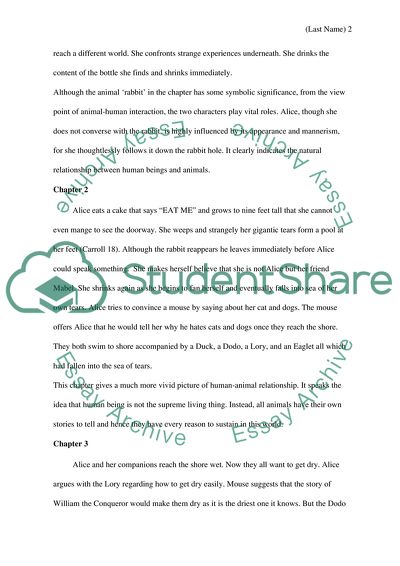Cite this document
(Human and Animal Interrelationships in Alices Adventures Book Report/Review - 3, n.d.)
Human and Animal Interrelationships in Alices Adventures Book Report/Review - 3. Retrieved from https://studentshare.org/social-science/1804016-human-and-animal-interrelationships-from-domestication-to-present
Human and Animal Interrelationships in Alices Adventures Book Report/Review - 3. Retrieved from https://studentshare.org/social-science/1804016-human-and-animal-interrelationships-from-domestication-to-present
(Human and Animal Interrelationships in Alices Adventures Book Report/Review - 3)
Human and Animal Interrelationships in Alices Adventures Book Report/Review - 3. https://studentshare.org/social-science/1804016-human-and-animal-interrelationships-from-domestication-to-present.
Human and Animal Interrelationships in Alices Adventures Book Report/Review - 3. https://studentshare.org/social-science/1804016-human-and-animal-interrelationships-from-domestication-to-present.
“Human and Animal Interrelationships in Alices Adventures Book Report/Review - 3”, n.d. https://studentshare.org/social-science/1804016-human-and-animal-interrelationships-from-domestication-to-present.


